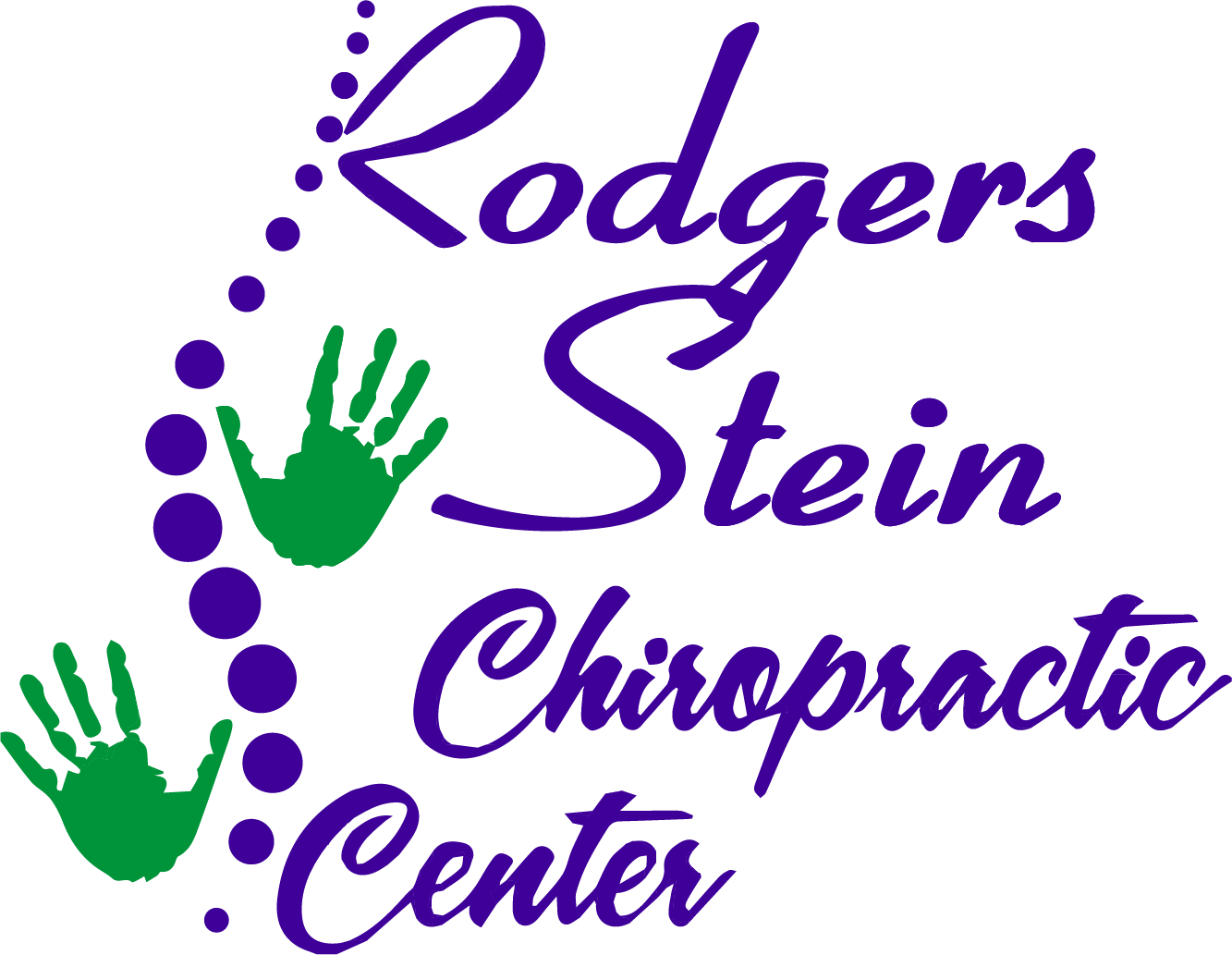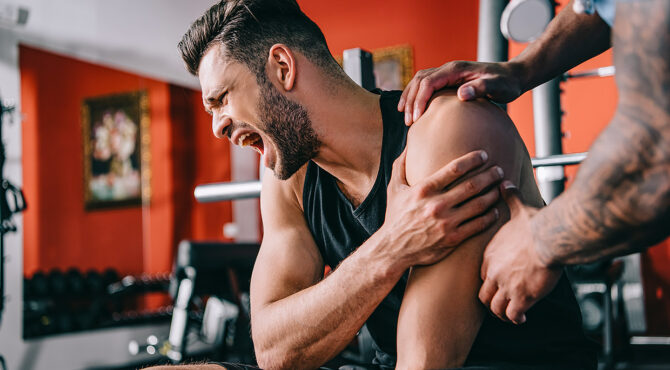You might think traditional training methods are enough for athletic gains, but have you considered the potential benefits of alternative techniques? Incorporating practices like yoga or mindfulness could enhance your performance in ways you hadn't imagined. These approaches not only improve physical attributes but also foster mental resilience, which is essential for peak performance. As you explore these options, you may find that they offer unique advantages that go beyond conventional training. What if you could tap into these methods to access your true athletic potential?
Benefits of Alternative Techniques
When it comes to enhancing athletic performance, many athletes are turning to alternative techniques that can boost their gains. These methods often provide unique benefits that traditional training may not fully address.
For instance, techniques like yoga and pilates improve flexibility and core strength, which are essential for overall athletic performance. You'll find that incorporating these practices into your routine can lead to enhanced agility and reduced risk of injury.
Additionally, alternative therapies such as acupuncture and massage therapy can help with recovery. They improve circulation and relieve muscle tension, allowing your body to bounce back faster after intense workouts. This means you can train harder and more frequently, leading to better results in the long run.
Another benefit lies in the mental aspect of performance. Techniques like visualization and meditation can sharpen your focus and boost your confidence. By harnessing these mental tools, you'll find yourself better prepared to tackle challenges during competitions.
Moreover, alternative nutrition strategies, such as plant-based diets or superfoods, can supply your body with the necessary nutrients for peak performance. These dietary changes can enhance your energy levels and aid in faster recovery.
Mind-Body Connection
The mind-body connection plays an essential role in your athletic performance.
By enhancing your focus and awareness, you can elevate your training and competition experiences.
Incorporating stress reduction techniques can also help you stay calm and centered, allowing you to perform at your best.
Enhancing Focus and Awareness
To release your full athletic potential, enhancing focus and awareness through a strong mind-body connection is essential. When you cultivate this connection, you sharpen your mental clarity and improve your performance in any sport. It's about tuning into your body's signals, recognizing how your movements feel, and adjusting your techniques accordingly.
Practicing mindfulness techniques, like meditation or deep breathing, can help you center your thoughts and improve your concentration. By focusing on your breath, you can clear distractions and enhance your awareness of the present moment. This heightened awareness allows you to react more quickly and efficiently during competition.
Incorporating visualization techniques can also boost your focus. Picture yourself executing skills flawlessly, whether it's hitting a perfect golf swing or making a precise basketball shot. This mental rehearsal not only sharpens your awareness but also builds confidence in your abilities.
Finally, engage in activities like yoga or tai chi to strengthen this mind-body connection. These practices enhance your physical awareness while promoting balance and coordination, essential elements for any athlete.
Embrace these techniques, and watch as your focus and awareness propel your athletic performance to new heights.
Stress Reduction Techniques
Building on your enhanced focus and awareness, managing stress effectively can further elevate your athletic performance. When you're under pressure, your body releases hormones that can hinder your ability to perform at your best.
By incorporating stress reduction techniques, you can create a more balanced mind-body connection, leading to improved results on the field or court.
Here are three effective stress reduction techniques you might consider:
- Mindfulness Meditation: Taking a few minutes daily to focus on your breath can help calm your mind and reduce anxiety.
- Progressive Muscle Relaxation: Tensing and relaxing different muscle groups can release physical tension and enhance your overall sense of relaxation.
- Yoga and Stretching: Incorporating yoga into your routine not only improves flexibility but also promotes mental clarity and stress relief.
Injury Prevention Strategies
Injury prevention is essential for any athlete looking to maintain peak performance.
By incorporating warm-up exercises, cross-training, and proper recovery techniques into your routine, you can greatly reduce your risk of injury.
Let's explore how these strategies can keep you in the game and performing at your best.
Warm-Up Exercises Importance
A proper warm-up is essential for any athletic routine, serving as the foundation for injury prevention. When you take the time to prepare your body, you not only enhance your performance but also reduce the risk of injuries. A good warm-up increases blood flow to your muscles, elevates your heart rate, and improves flexibility.
Here are some key benefits of incorporating warm-up exercises into your routine:
- Increased Muscle Temperature: Warmer muscles contract more efficiently, reducing the chances of strains.
- Enhanced Joint Mobility: Dynamic stretches and movements help lubricate your joints, making them less prone to injury.
- Mental Preparation: A warm-up allows you to focus and mentally prepare for the upcoming workout, improving your overall performance.
Skipping your warm-up might seem tempting when you're short on time, but it can lead to setbacks in your training. By making warm-up exercises a non-negotiable part of your routine, you're investing in your long-term athletic success.
Cross-Training Benefits
Cross-training offers a fresh way to enhance your athletic performance while reducing the risk of injuries. By engaging in different activities, you can strengthen various muscle groups, improving your overall fitness and balance. This variety helps you avoid overuse injuries that often come from repetitive movements in a single sport.
When you cross-train, you give your primary muscles a break, allowing them to recover while still maintaining your fitness levels. For instance, if you're a runner, incorporating swimming or cycling can keep your cardiovascular endurance up while reducing impact stress on your joints.
Additionally, cross-training helps improve your flexibility and coordination, essential components in injury prevention. By challenging your body in new ways, you can enhance your agility and responsiveness, which may help you avoid accidents and falls during your primary sport.
Moreover, mixing up your routine keeps things exciting and can boost your motivation. When you enjoy your workouts, you're more likely to stick with them, leading to long-term athletic gains.
Proper Recovery Techniques
Recovering properly after workouts is just as important as the training itself for preventing injuries. Many athletes overlook recovery, but it's vital for your body to heal and adapt.
Neglecting recovery can lead to fatigue, overuse injuries, and diminished performance.
Here are some effective recovery techniques you should consider:
- Active Recovery: Engage in low-intensity activities, like walking or swimming, to promote blood flow without straining your muscles.
- Hydration and Nutrition: Replenish your body with fluids and nutrients post-workout. Focus on protein for muscle repair and carbohydrates for energy restoration.
- Stretching and Foam Rolling: Incorporate gentle stretching and foam rolling to release muscle tension and improve flexibility, which helps prevent injuries.
Enhanced Flexibility and Mobility
Flexibility and mobility are essential components of athletic performance, often overlooked in training regimens. You might focus heavily on strength and endurance, but neglecting these aspects can limit your athletic potential. Enhanced flexibility allows your muscles and joints to move through a greater range of motion, which can lead to improved performance and reduced injury risk.
Incorporating alternative techniques like yoga, dynamic stretching, or foam rolling into your routine can greatly boost your flexibility and mobility. These methods not only stretch your muscles but also promote better blood flow and recovery, helping you perform at your best. By regularly practicing yoga, for example, you can learn to control your breath and body, which helps to enhance your overall athletic capabilities.
Dynamic stretching before workouts prepares your body for action by increasing your heart rate and loosening up stiff muscles. It's an effective way to wake up your body, making your movements more fluid and efficient during your training sessions.
On the other hand, foam rolling targets specific muscle groups, breaking down knots and improving tissue quality, which can also enhance your range of motion.
Ultimately, enhancing your flexibility and mobility isn't just about performing better; it's about longevity in your athletic career. When you prioritize these elements, you'll likely notice improvements in your speed, agility, and overall performance.
Mental Resilience Development
Building mental resilience is essential for athletes aiming to overcome challenges and achieve peak performance. Developing this resilience empowers you to navigate setbacks, pressure, and fatigue, transforming obstacles into opportunities for growth. Here are a few key aspects to take into account:
- Mindfulness Practices: Engaging in mindfulness techniques can enhance your focus and emotional regulation. By being present, you'll tackle challenges with clarity and composure.
- Goal Setting: Establishing clear, attainable goals motivates you to push through difficulties. Break larger objectives into smaller milestones, making progress feel more achievable.
- Positive Self-Talk: Your internal dialogue can greatly influence your performance. Cultivating a habit of positive self-affirmation helps you maintain confidence during tough times.
The journey to mental resilience isn't a sprint; it's a marathon. You'll face moments of doubt and fatigue, but embracing these experiences will strengthen your mental fortitude.
Techniques like visualization can also play a key role. Imagine yourself succeeding in high-pressure situations, which conditions your mind to perform effectively when it matters most.
Moreover, surrounding yourself with a supportive community can provide the encouragement you need during challenging times. Share your struggles and triumphs with teammates or coaches, and you'll find motivation in collective experiences.
Ultimately, developing mental resilience is an essential component of your athletic journey. By focusing on these techniques, you'll enhance not only your performance but also your overall experience as an athlete.
Embrace the process, and watch your resilience grow.
Unique Training Modalities
Exploring unique training modalities can elevate your athletic performance in ways traditional methods might not. These unconventional approaches can challenge your body and mind, breaking through plateaus and enhancing your overall capabilities.
For instance, incorporating elements like animal flow or parkour can improve your agility, coordination, and strength while keeping workouts engaging and fun.
Another unique modality is the use of non-linear training, which focuses on varying intensity and volume within a single week rather than adhering to a strict linear progression. This method can keep your body guessing and help prevent overuse injuries, making your training more sustainable in the long run.
You might also consider incorporating breathwork or yoga into your routine. These practices can enhance your flexibility, improve recovery times, and boost mental focus. As you learn to control your breath, you'll also develop greater lung capacity and cardiovascular efficiency, which are vital for endurance sports.
Additionally, functional training that mimics real-life movements can be beneficial. Training with kettlebells, sandbags, or even heavy ropes engages multiple muscle groups and enhances your stability. This approach not only builds strength but also improves your performance in your specific sport.
Lastly, don't overlook the benefits of unconventional tools like vibration plates or suspension training systems. These can add variety and challenge to your workouts, engaging your muscles in ways traditional weights may not.
Conclusion
Incorporating alternative techniques into your training regimen can elevate your athletic performance and overall well-being. By embracing practices like yoga, acupuncture, and mindfulness, you not only enhance your physical capabilities but also foster mental resilience. These methods help prevent injuries, boost flexibility, and sharpen your focus, giving you a competitive edge. So, consider integrating these diverse approaches to create a more holistic training experience that supports your journey toward achieving your athletic goals.



